Until Poland joined the EU in the 1990s, the biggest single influx of Poles into this country was in the immediate aftermath of the second world war. Around 200,000 Poles who had fought for the Allies chose to seek refuge here, rather than return to their homeland and face life under Stalin.
Many of them had been members of the most curious of all the armies that took part in the conflict: the Polish Army of the Soviet Union and the Middle East, otherwise known as the Anders Army. From 1941 the magnetic General Wladyslaw Anders, a cavalry officer in a Russian Tsarist regiment during the first world war, commanded a force which for the next three years made an epic 9,000-mile journey through Siberia, central Asia, the Middle East and Africa, eventually to confront the Germans in Italy for one of the most crucial battles of the war.
It is a stirring story, little known until now, movingly told by Norman Davies, the passionate populariser of East European history.
In France and Britain the six months after September 1939 were the ‘phoney war’, la drôle de guerre. But they were the beginning of the 20th century’s tragedy for Eastern Europe. Immediately following the Hitler/Stalin pact, the Germans and the Soviets invaded Poland and divided it between them. In the Russian half a million families were torn apart and hundreds of thousands of ‘class enemies’ were sent to the gulag. Much of the Polish army’s officer corps was murdered at Katyn and thousands of enlisted men were sent to Siberian exile. Stalin turned his part of Poland into a slave state, as Hitler did with his half.
When the Germans attacked the USSR in June 1941, everything changed. Stalin realised that he might one day need a few Poles alive to fight against the Nazis. When the British and Americans joined Russia as allies, they encouraged Stalin to establish an army from the Poles he had transported to the USSR.
Anders had heroically commanded a tank regiment during the German invasion. After the defeat, he fled to eastern Poland, where he was promptly arrested and taken to Moscow. The Soviets hauled him from a cell in the Lubyanka and told him to raise a force of up to 120,000 men and quickly make it combat-ready. Stalin took a liking to Anders. After they met for the first time, the Soviet dictator sent him two thoroughbred horses and a Packard limousine. The bribe didn’t exactly work. Anders loathed Stalin and the Russians — as did all his men.
He turned a ragbag assortment of half-starving gulag inmates into a fit and effective fighting force. But where would they fight? And how would they reach a theatre of war? The army desperately wanted to leave the USSR and, eventually, after delicate negotiations with Britain and the US, Stalin let them go, along with their families, in search of a way to the western front.
Most of the book is a lively narrative of this extraordinary journey through exotic locations — Samarkand, Kazakhstan, the Caspian Sea, Isfahan, Tehran, Baghdad, Syria, Jerusalem, Sinai, Cairo, Libya. Wives and children were given asylum in safe places even further afield — there are still Polish communities in Kerala, in Kenya and Dar es Salaam which date from the 1940s. The book is lavishly illustrated and full of well-chosen personal testimony from Anders’s soldiers and their families.
Eventually Anders crossed the Mediterranean with the Allied invasion of Italy in 1944. When the British stalled and suffered huge losses at the monastery/fortress of Monte Cassino, it was the Polish army which forced the Germans back behind the frontiers of the Reich.
After the war, with the Soviets building their ‘Iron Curtain’, Anders lived in exile in London until his death in 1970.
When Davies sticks to storytelling and tales of derring-do, this is an entertaining and brilliantly told account. But when he steps into more contentious areas his analysis is — dare one say it? — too parti pris to be convincing. One of the accusations made against the Polish Army is that it was rife with anti-Semitism. Anders himself was certainly no bigot, but many of his subordinates were. Davies simply dismisses the charge and barely asks why three quarters of the small number of Jews in the army (4,000 out of 120,000) deserted when they reached Palestine, risking arrest and choosing not to fight the Nazis when given a chance to do so.
For many Poles the word ‘Yalta’ is synonymous with betrayal; that is where, during the Big Three conference of February 1945, the West ‘sold them out’ to a totalitarian regime, which kept them enslaved for 40 years. It is obvious why passionate East Europeans were convinced; my Hungarian mother believed it till the day she died. But a historian of the stature of Davies, who has seen the contrary evidence — particularly from the Soviet archives opened since the collapse of communism — might take a more nuanced view. He might consider the case laid out by Allied leaders who weren’t innocent pushovers of conspiracy theory and had called the big things right in the war.
They needed the Soviets to beat Hitler and Japan. And they were not prepared to start another war over Poland. Cold realists maybe. Naive, no. An American secretary of state, Dean Acheson, used to argue in the 1950s that ‘Geography betrayed Poland, not the Western Allies’. His point is at least worth thinking about.
Got something to add? Join the discussion and comment below.
Get 10 issues for just $10
Subscribe to The Spectator Australia today for the next 10 magazine issues, plus full online access, for just $10.
Available from the Spectator Bookshop, £25.50 Tel: 08430 600033
You might disagree with half of it, but you’ll enjoy reading all of it. Try your first month for free, then just $2 a week for the remainder of your first year.

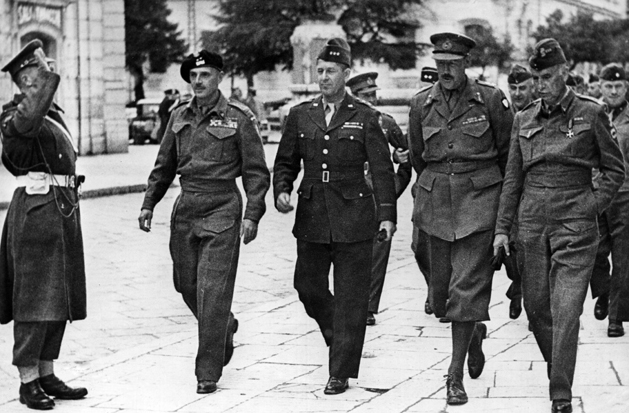
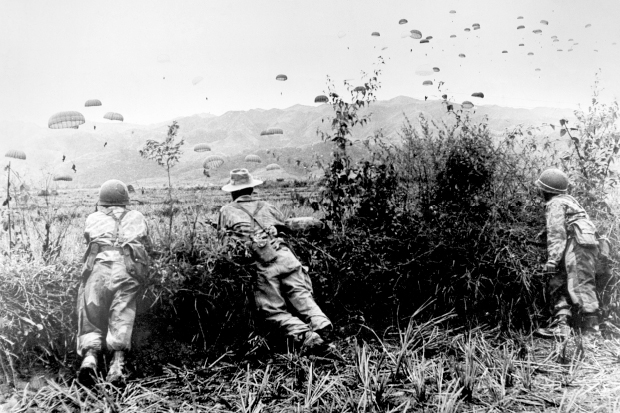
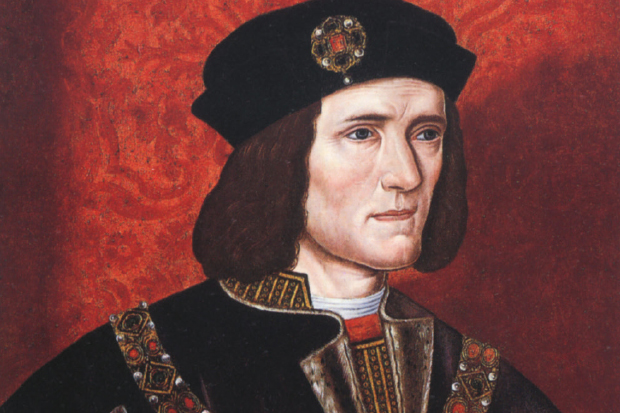
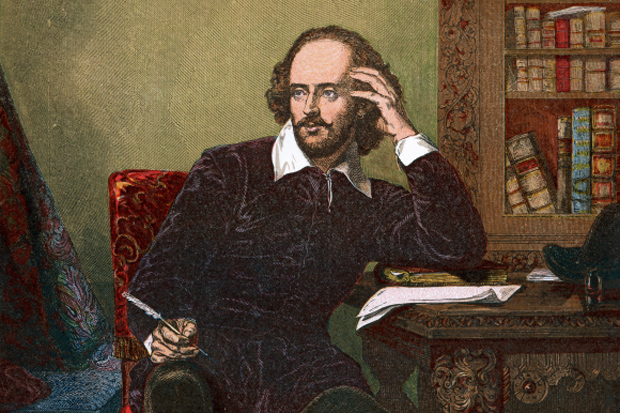
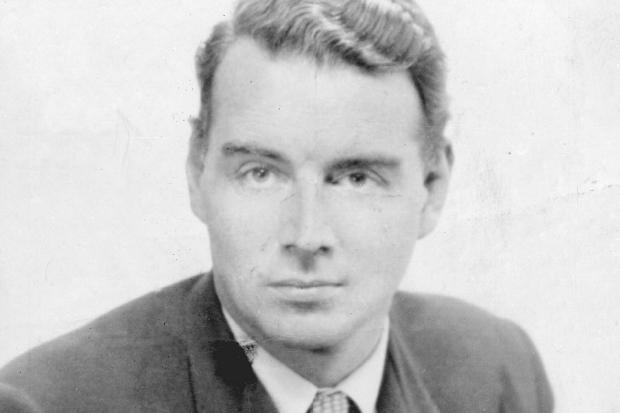

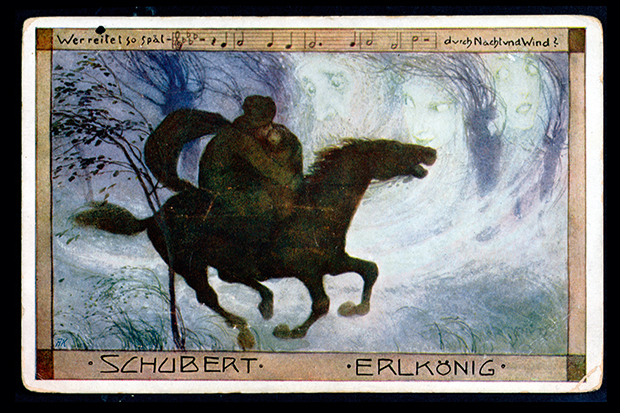






Comments
Don't miss out
Join the conversation with other Spectator Australia readers. Subscribe to leave a comment.
SUBSCRIBEAlready a subscriber? Log in